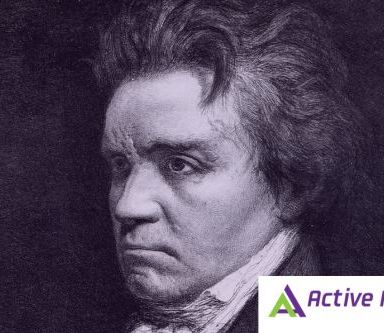
Hearing loss and balance disorders are two distinct yet interconnected parts of our auditory and sensory systems. The relationship between these two conditions emphasizes the complexity of our inner ear's functionality. Keep reading to learn more about the link between hearing loss and balance disorders, as well as the importance of getting a hearing consultation along with vestibular testing in diagnosing and managing these issues.
The connection between hearing and balance
Hearing loss and balance disorders often go hand in hand. The inner ear plays a pivotal role in both hearing and balance, and any disruption in its function can affect both these sensory functions simultaneously.
Shared anatomy
The inner ear houses the cochlea, which is responsible for hearing, and the vestibular system, which is responsible for balance. Both systems rely on tiny hair cells and fluid-filled canals to transmit information to the brain. Damage to these hair cells, whether due to aging, disease or injury, can impair both hearing and balance.
Common causes
Certain medical conditions, such as Meniere's disease, can cause both hearing loss and vertigo, a type of balance disorder. Infections, such as labyrinthitis, can affect both hearing and balance function. Medications that affect the inner ear can lead to both hearing problems and balance disturbances.
Impact on quality of life
Individuals with both hearing loss and balance disorders often face compounded challenges. Their mobility and independence may be compromised, and they may experience social isolation due to communication difficulties.
Vestibular testing: An essential diagnostic tool
Vestibular testing is a crucial tool in evaluating balance disorders and their connection to hearing loss. This series of diagnostic tests assesses the function of the vestibular system, helping health care professionals pinpoint the underlying causes of balance issues.
Videonystagmography (VNG)
This test measures involuntary eye movements (nystagmus) in response to specific stimuli. It helps identify problems with the vestibular system, such as benign paroxysmal positional vertigo (BPPV) or Meniere's disease.
Vestibular evoked myogenic potentials (VEMP) testing
VEMP testing provides valuable insights into a different aspect of vestibular function. It focuses on evaluating the function of the saccule, a component of the inner ear's vestibular system.
Below is a photo of Dr. Noel as a VEMP test subject on our recent trip to Georgia, where we were trained on the equipment we’re purchasing.
Electronystagmography (ENG)
Similar to VNG, ENG monitors eye movements. By tracking eye movements during positional changes or in response to temperature stimulation, it can diagnose various vestibular disorders.
Below is a photo of this type of testing, also from our recent trip to Georgia.
Rotary chair test
This test involves sitting in a computer-controlled chair that rotates. It evaluates how well the vestibular system detects changes in head movement.
Caloric testing
Caloric testing assesses the response of the vestibular system to warm and cold water or air irrigation of the ear canal. It helps determine if one ear's function differs from the other, indicating potential problems.
Posturography
Posturography assesses your ability to maintain balance in different conditions, such as with your eyes open or closed. It provides insights into how your body processes balance-related information.
Visit us for a hearing consultation
Understanding the relationship between these two conditions is crucial for accurate diagnosis and effective management. Vestibular testing plays a pivotal role in this process, helping health care professionals pinpoint the causes of balance issues and provide tailored treatment options. If you or someone you love experiences both hearing loss and balance disturbances, it’s important to get a hearing consultation from an audiologist. Contact us today to learn more about how we can help!






Comments